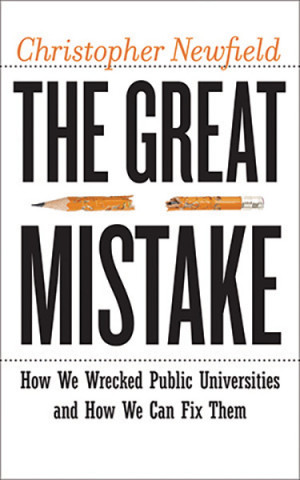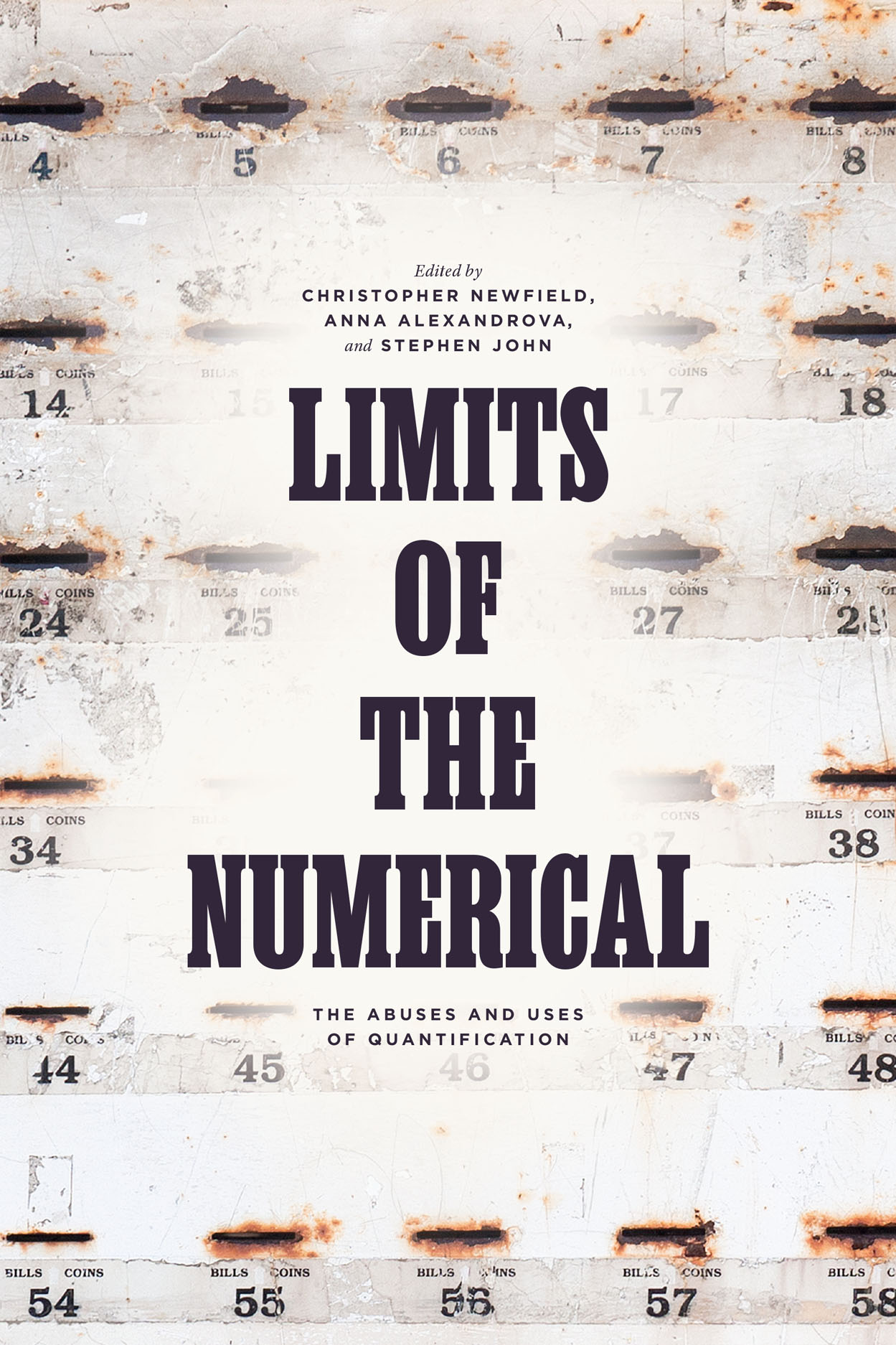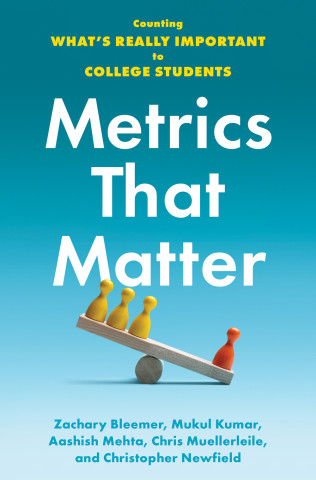by John Scott, School of Education, UC Berkeley
Located on opposite sides of the country, San Jose State and
MIT are not usually linked together in the popular imagination. Without any of the obvious ties, one might be
inclined to ask: What could these two universities possibly have in common? The answer can be found on a MOOC platform, where they both cohabit MITx, MIT’s instance of the MOOC provider EDx. Both universities were also represented at
the recent Online Learning Summit
held at UC Berkeley by Provost Ellen Junn (SJSU) and Chancellor for Academic
Achievement Eric Grimson (MIT).
Junn
and Grimson
spoke about the enhanced learning potentials of a ‘flipped classroom,’ where
video-lecture content, and online learning activities and assessments opened up
new spaces for classroom interactions and student engagement. Junn lauded results from an SJSU pilot study
that revealed significant gains in performance for students participating in
the MITx course “Intro to Circuits and Electronics” (virtually taught by MIT’s
Anant Agarwal) compared to their own equivalent brick and mortar version. Grimson pointed to similarly positive reports
on the MIT side, where rapid interventions for struggling students and the
ability to revisit lecture videos and course content at a student’s leisure
improved performance across a number of key intro-level courses. Grimson insisted, that not only did online
content improve student performance, but also that online course delivery
models were necessary for addressing the shifting needs and interests of a 21st
Century learner entering a university life at what he named the third major
historical disruption to education- printing press to the blackboard to the
digital.
Despite their shared optimism and inspiring statistical
reports, their presentations revealed one crucial characteristic of MOOCS. In the typical MOOC model, a single professor
or institutional entity controls the production of course content and standards
of learning for thousands of students across multiple institutions. This kind of centralization creates the
potential for asymmetrical relations between participating universities based
on whether or not they play the role of producer or consumer of course content.
Junn’s presentation focused on SJSU students gaining
flexible and free access to highly coveted MIT content, and while she explored
other dimensions of their online education initiatives, she did not move far
beyond this point of access and student convenience as the major benefits of
their partnership with MITx. Positioning
SJSU students and faculty as consumers of MIT-generated content, her measure of
a successful student experience seemed to narrowly focus on content mastery and
skills development. The idea of faculty
being relegated to facilitators of content produced exclusively by another
university became a point of critique in the highly publicized letter authored
by SJSU faculty members in April of 2013.
In “An
Open Letter to Professor Michael Sandel [Harvard professor of the JusticeX
course] from the Philosophy Department at San Jose State U,” the authors
describe a single, universal MOOC course on social justice as “downright scary-
something out of a dystopian novel.”
Grimson pointed to similar gains for MIT students
participating in online courses, but he imagined these skills put to use in
radically new institutional contexts where MIT students would be able to pursue
projects of potential impact, play with cutting-edge technologies like
3D-printers, and discover fresh opportunities for socialization and
collaboration. Provost Junn may also
share a similar vision, although it did not come through in her talk, instead
choosing to focus on access and skills development. But not all access is created equal. In a
world of free and open content, there are crucial advantages gained by both the
institutions involved directly in its production as well as their
students.
For the MIT students, there is an advantage gained not just
in their physical proximity to the professors generating course content, where
they enjoy an increased opportunity to either interact directly with the
professor responsible for the course or with closely affiliated faculty. But these students also benefit from a kind
of cultural proximity to the content in the sense that institutions both select
(through admissions’ processes) and cultivate (through their discursive
contexts) student identities and learners who more closely resemble the
ideological character of their institution.
For the institution, while the gains might not be realized immediately
by MOOC providers such as MIT in the form of financial capital, it undoubtedly
benefits from an increase in the value of its brand, while potentially
devaluing that of its consumers. What
does it mean for an institution no longer to produce the content of its own
courses, while being relegated to a consumer and mediator of MIT content, or a
mere authentications portal to an MITx MOOC?
While I listened to Junn and Grimson, it was too hard to
imagine a leveling of the playing field across higher education, and too easy
to envision two disparate classes of students, where SJSU students scramble to
master a discrete set of skills and MIT content as MIT students put the same
set of skills to use in creative contexts and with greater social and cultural
capital. Further, although Junn pointed
to the positive results from SJSU’s pilot study on MITx, the results from a
pilot with MOOC provider Udacity that targeted struggling or at-risk students
appeared less promising. If MOOCs
already pose a threat to a widening of the digital divide, they also increase
the potential for a digital divided,
where a class of students with a non-transferrable, decontextualized skillset cannot
compete with a more privileged class of students with access to these empowered
institutional spaces, in effect massively reproducing class disparities and
socioeconomic immobility.
So what kinds of delivery models can we imagine for online
education, models that could leverage digital tools for content sharing and
multimedia experiences while at the same time avoiding the content production
monopolies of MOOCs? On another panel at the OLS14 conference, FemTechNet’s
Distributed Online Collaborative Community (DOCC) offered an appealing alternative. FemTechNet’s DOCC model emphasized the
creation of an infrastructure for distributed dialogues across multiple online
platforms while preserving institutional autonomy in designing courses around
the teaching of feminist principles. Although
MOOC advocates often assume that good learning data requires content
standardization, the distributed model can still operate at scale without a
centralized institutional force imposing its will on a network of participants who
are thus relegated to the role of content consumers. FemTechNet enables increased opportunities
for institutions to produce their own course content while also allowing them
to curate these courses with content from a network of institutions. This makes
it easier for course designers to craft experiences sculpted to address the
particular needs of their students.
Creating horizontal structures for institutional
collaboration could not only help ensure heterogeneity of course content, but
also generate opportunities to connect students across courses and create even
richer peer-to-peer interactions and engagement. Furthermore, projects like FemNetTech’s “Wikistorming” help motivate critical inquiry and skills application in real-world
contexts while supporting student engagement and activism as digital
citizens. With the collapse of Net
Neutrality and the consolidation of many web services, institutions of higher
learning share a responsibility to protect access to a diversity of web content,
to promote pluralistic models of knowledge production, and to cultivate a
generation of digital citizens who can maintain the web’s equity and
openness.
The Lease
15 hours ago





2 comments:
Did anyone ever say anything about how the use of video in flipped classrooms tends to crowd out reading? While I'm happy to flip, as it were, I guess I just don't see how, after watching an extra 1/2 hour of me or anyone else talking, I can expect students to then read the same amount (when, as everyone knows, helping people find the time and mental focus to read anything at all is increasingly a challenge).
Did anyone talk about that? I'm genuinely curious, as I find it baffling how little I ever see about what seems to me to be a HUGE issue. (I'm a historian, so part of this is discipline specific, in that history still revolves around detailed, long-form narrative. But I think it's not just an issue for history.)
I think the DOCC works as a concept - but I wonder how with multiple points in people get lost a little. At some point logically there is a curator still? Or someone making choices as to content? More voices perhaps, but still decisions taken on which sites would like to which other sites and so on, so forth.
On the MOOC we ran, we had 6 different lecturers talking - from two Unis, this time we are looking to get a lot more people involved (it is a law MOOC, and you can't really teach the law with one voice).
Join the Conversation
Note: Firefox is occasionally incompatible with our comments section. We apologize for the inconvenience.